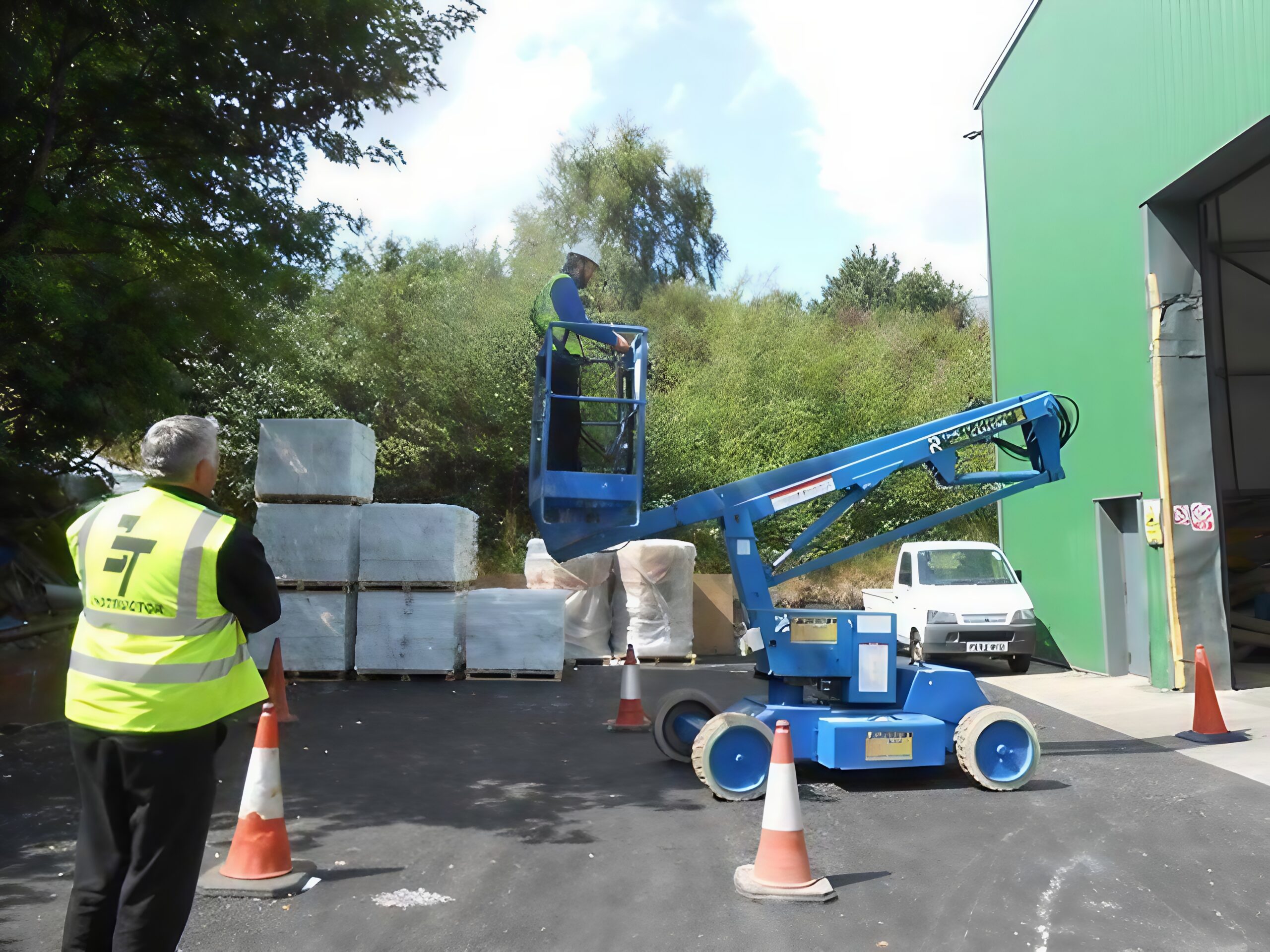The manufacturing industry sits at the nexus of economic development and environmental responsibility. As one of the most resource-intensive sectors, it faces increasing scrutiny to adopt sustainable practices and meet regulatory standards. With the introduction of the Corporate Sustainability Reporting Directive (CSRD) and the growing emphasis on Environmental, Social, and Governance (ESG) frameworks, manufacturers are now compelled to align operational efficiency with sustainability compliance.
This guide explores the industry-specific requirements under CSRD and ESG, providing actionable insights for manufacturers and demonstrating how SALI’s solutions can streamline the path to compliance.
Why Sustainability Compliance Matters in Manufacturing
Manufacturing is a critical sector in achieving global sustainability goals, as it contributes significantly to:
- Carbon emissions: Responsible for approximately 20% of global greenhouse gas emissions.
- Resource consumption: Major user of raw materials, energy, and water.
- Waste generation: High levels of industrial and hazardous waste.
Regulatory bodies and stakeholders now demand transparency and accountability. Non-compliance can lead to legal penalties, reputational damage, and loss of investor confidence. Conversely, embracing sustainability compliance offers:
- Enhanced market competitiveness.
- Long-term cost savings through efficient resource use.
- Improved stakeholder trust and brand loyalty.
Key Features of CSRD for Manufacturing
The Corporate Sustainability Reporting Directive (CSRD) expands the scope and depth of sustainability reporting in the EU. For manufacturers, the directive introduces specific compliance mandates:
1. Broader Applicability
CSRD applies to all large companies and listed SMEs in the EU, covering:
- Companies with over 250 employees.
- Annual turnover exceeding €40 million.
- Balance sheet total above €20 million.
2. Double Materiality
Manufacturers must report:
- Outward impact: How operations affect the environment, society, and economy.
- Inward impact: How environmental and social risks influence financial performance.
3. European Sustainability Reporting Standards (ESRS)
Manufacturers must align disclosures with ESRS, addressing key topics such as:
- Energy use and emissions.
- Circular economy initiatives.
- Employee health and safety.
4. Digital Tagging
Reports must be digitally tagged for machine-readability, ensuring accessibility for investors and regulators.
ESG’s Role in Driving Business Value
While CSRD emphasizes compliance, Environmental, Social, and Governance (ESG) frameworks help manufacturers integrate sustainability into their business strategies. Here’s how ESG creates value:
Environmental
- Energy efficiency: Upgrading to renewable energy sources reduces operational costs and carbon footprints.
- Waste reduction: Implementing circular economy principles minimizes raw material dependency.
Social
- Employee welfare: Prioritizing worker health and safety boosts productivity and reduces turnover.
- Community engagement: Supporting local communities enhances corporate reputation.
Governance
- Ethical practices: Strong governance frameworks ensure compliance and mitigate risks.
- Investor confidence: Transparent ESG metrics attract sustainable investment.
Industry-Specific Compliance Challenges
1. Data Collection and Reporting
Manufacturers often struggle to consolidate data across multiple sites, making compliance reporting time-consuming and prone to errors.
2. Supply Chain Complexity
Manufacturing relies on extensive supply chains, making it difficult to trace and mitigate environmental and social risks.
3. High Energy and Resource Use
Adopting greener alternatives requires significant capital investment, which can deter smaller players.
4. Technology Integration
Digital transformation is essential for compliance but requires specialized expertise and infrastructure.
How SALI Simplifies Sustainability Compliance
SALI (Sustainability Assessment Reporting and Learning Intelligence) provides AI-driven solutions tailored to meet the unique challenges of the manufacturing sector. Here’s how SALI can help:
1. Centralized Data Management
SALI’s platform integrates data from multiple sources, enabling real-time tracking and reporting of sustainability metrics across all facilities.
2. Supply Chain Insights
Our solutions analyze supply chain data to identify and mitigate risks, ensuring alignment with CSRD and ESG requirements.
3. AI-Driven Reporting
SALI automates the preparation of compliance reports, ensuring:
- Accuracy and consistency.
- Alignment with ESRS and other global standards.
- Digital tagging for easy accessibility.
4. Scenario Analysis and Recommendations
SALI’s AI models simulate various sustainability strategies, helping manufacturers:
- Optimize energy use and resource efficiency.
- Identify cost-effective solutions for reducing emissions.
5. Capacity Building
Through tailored workshops and resources, SALI empowers manufacturing teams to:
- Understand complex frameworks.
- Implement best practices for long-term compliance.
Steps to Ensure Compliance
1. Understand Your Obligations:
Familiarize your team with CSRD and ESG requirements specific to manufacturing.
2. Conduct a Baseline Assessment:
Evaluate your current sustainability performance and identify gaps.
3. Invest in Technology:
Adopt digital tools like SALI to streamline data collection and reporting.
4. Engage Stakeholders:
Collaborate with suppliers, employees, and investors to align goals and actions.
5. Monitor and Improve:
Continuously track performance and adapt strategies to meet evolving standards.
Conclusion
Sustainability compliance is no longer optional for manufacturers. With CSRD mandating transparency and ESG frameworks driving value creation, aligning operations with these standards is imperative. While challenges persist, solutions like SALI provide a clear path forward by simplifying compliance, enhancing efficiency, and building a foundation for sustainable growth.
As your trusted partner, SALI ensures that manufacturing companies not only meet their compliance obligations but also lead the industry toward a greener future.
Ready to transform your sustainability journey? Contact SALI today at sali-ai.com.




